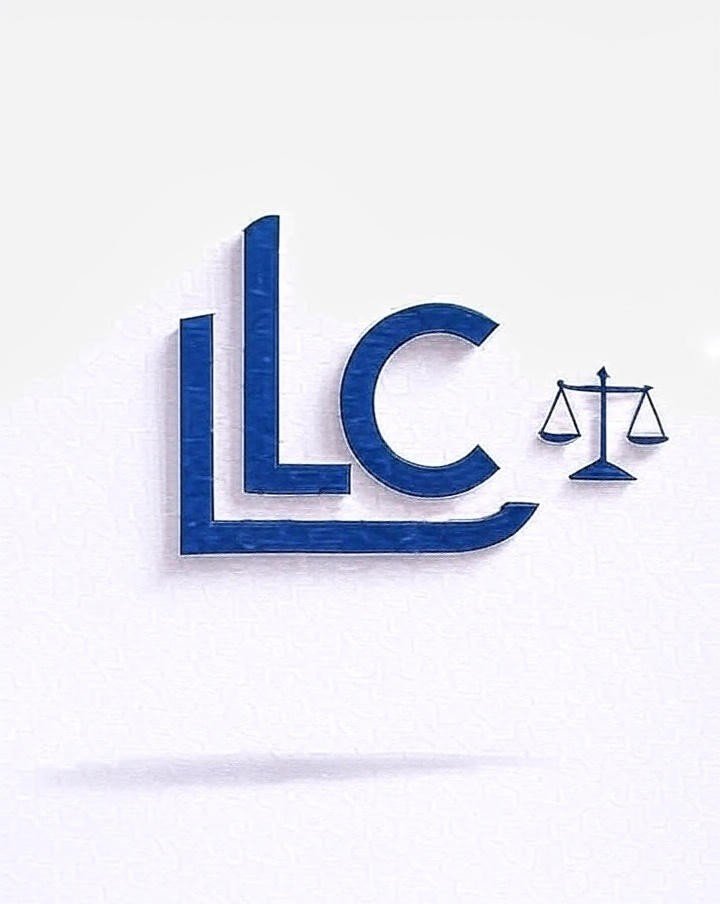Supreme Court Rules on Proper Procedure for Execution Petitions in Chit Fund Case: P.V.K. Krishna Chaitanya vs M/s Margadarsi Chit Fund Pvt. Ltd.
In the case of P.V.K. Krishna Chaitanya vs M/s Margadarsi Chit Fund Pvt. Ltd., the Supreme Court of India made an important decision regarding the proper procedure for filing execution petitions in chit fund cases.
The Court ruled that the execution petitions filed by Margadarsi Chit Fund Private Limited were improperly filed and directed the execution courts to return them. Here’s a simple explanation of the case and the Court’s decision.
Background of the Case
The case involved execution petitions (E.Ps.) filed by Margadarsi Chit Fund Private Limited (the decree holder) against the revision petitioners (judgment debtors).
The decree holder sought to recover the awarded amount from the guarantors. However, the petitioners argued that the execution petitions were not filed correctly and that the courts lacked jurisdiction.
In the legal case of P.V.K. Krishna Chaitanya vs. M/s Margadarsi Chit Fund Pvt. Ltd., the court examined the proper procedures for enforcing awards under the Chit Funds Act.
Key Points Raised by the Judgment Debtors (Petitioners):
-
Jurisdictional Challenge: The petitioners argued that the Execution Petitions (E.Ps.) were filed in courts without proper jurisdiction.
-
According to the Code of Civil Procedure, execution petitions should be initiated in the original court where the award was issued (Kakinada, in this case) and then transferred to the appropriate execution court. This procedure was allegedly not followed.
-
Proportionate Liability: The petitioners contended that the decree holder was seeking the entire awarded amount from each guarantor individually.
-
They argued that guarantors should only be liable for their proportionate share of the debt (1/6th in this case), not the total amount.
Key Points Raised by the Decree Holder (M/s Margadarsi Chit Fund Pvt. Ltd.):
-
Right to Full Recovery: The decree holder asserted their right to proceed against any or all guarantors for the full amount of the debt, relying on Section 128 of the Indian Contract Act.
-
Proper Authority for Execution: They argued that the term “proper authority” for execution under the A.P. Chit Funds Rules includes civil courts, not just revenue authorities.
Court’s Conclusions:
-
Liability of Guarantors: The court affirmed that the decree holder has the option to proceed against the principal debtor, any of the guarantors, or all of them for the full amount of the debt.
-
The liability of a surety is co-extensive with that of the principal debtor, unless otherwise specified in the contract.
-
Jurisdiction and Procedure: The court held that the Execution Petitions were not filed through the proper channel. Rule 55 of the A.P.
-
Chit Funds Rules mandates that execution proceedings must be initiated through the Registrar of Chits, who then forwards the application and a certificate under Section 71 of the Chit Funds Act to the appropriate court or revenue authority.
-
The direct filing of the E.Ps. bypassed this mandatory procedure, rendering them improperly filed. Additionally, the certificate was improperly issued by the Deputy Registrar instead of the Registrar, as required by law.
Arguments by the Revision Petitioners (Judgment Debtors)
- Jurisdictional Challenge: The petitioners argued that the execution petitions were filed in courts that did not have jurisdiction.
- They claimed that according to the Code of Civil Procedure, execution petitions must be filed in the original court (Kakinada, where the award was issued) and then transferred to the appropriate execution court. This procedure was not followed.
- Proportionate Liability: The petitioners also argued that the decree holder was seeking the entire awarded amount from each guarantor individually.
- They claimed that guarantors should only be liable for a proportionate share of the debt (1/6th in this case), not the total amount.
Arguments by the Decree Holder (Margadarsi Chit Fund Private Limited)
- Right to Proceed Against Guarantors: The decree holder argued that they had the right to proceed against any or all of the guarantors for the full amount of the debt, relying on Section 128 of the Indian Contract Act.
- Proper Authority for Execution: They also argued that the “proper authority” for execution under the A.P. Chit Funds Rules included civil courts, not just revenue authorities.
Supreme Court’s Decision
The Supreme Court ruled in favor of the revision petitioners and directed the execution courts to return the execution petitions to the decree holder. Here’s why:
- Liability of Guarantors: The Court affirmed that the decree holder has the option to proceed against the principal debtor, any of the guarantors, or all of them for the full amount of the debt.
- The liability of a surety is co-extensive with that of the principal debtor, unless otherwise specified in the contract.
- Jurisdiction and Procedure: The Court held that the execution petitions were not filed through the proper channel. Rule 55 of the A.P. Chit Funds Rules mandates that execution proceedings must be initiated through the Registrar of Chits, who then forwards the application and a certificate under Section 71 of the Chit Funds Act to the appropriate court or revenue authority.
- The decree holder’s direct filing of the execution petitions bypassed this mandatory procedure, rendering the petitions improperly filed.
- Furthermore, the certificate itself was improperly issued by the Deputy Registrar, not the Registrar, as required by law.
Legal Takeaways
- Execution petitions for awards made by the Deputy Registrar of Chit Funds must be filed through the proper channel, i.e., the Registrar of Chits.
- The liability of a guarantor is co-extensive with that of the principal debtor, meaning the decree holder can seek the full amount from any guarantor.
- The Registrar is the sole authority empowered to issue certificates for execution under the Chit Funds Act.
Final Decision:
The court directed the execution courts to return the improperly filed Execution Petitions to the decree holder.
The decree holder was granted the liberty to resubmit the applications through the proper channel, specifically through the Registrar of Chits, along with a certificate issued by the Registrar.
Conclusion
This decision by the Supreme Court clarifies the proper procedure for filing execution petitions in chit fund cases and emphasizes the importance of following the correct legal channels. If you ever face a legal issue, it’s always best to consult a qualified lawyer for guidance.
Disclaimer: This article is for informational purposes only and does not constitute legal advice. For specific legal guidance, please consult a qualified lawyer.







